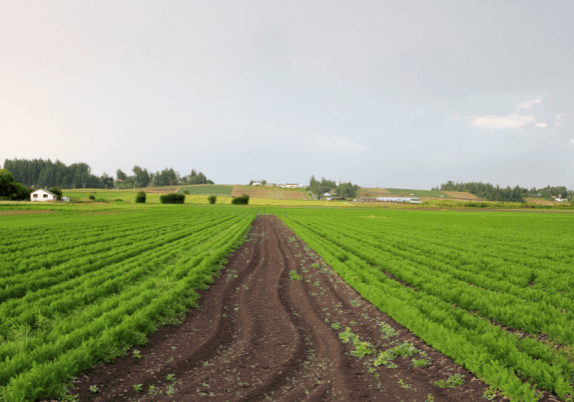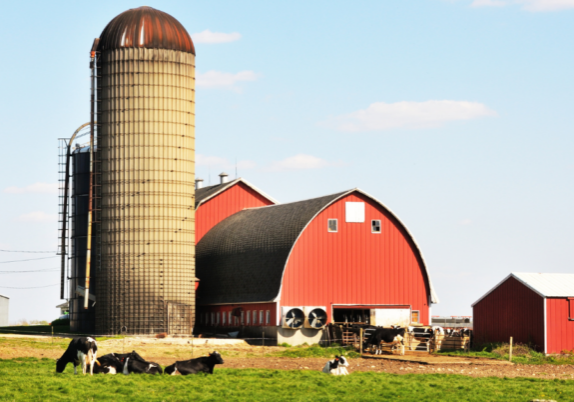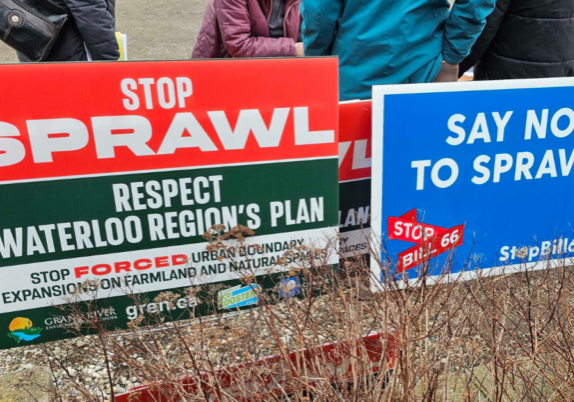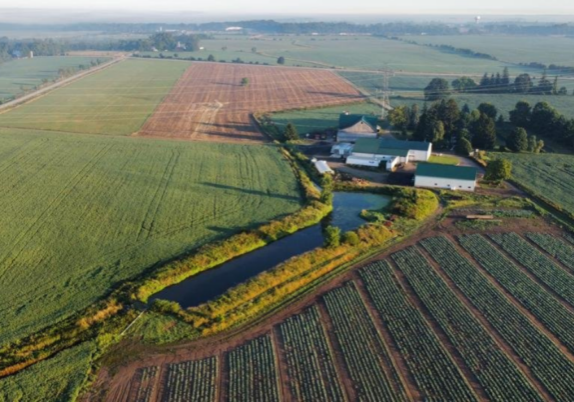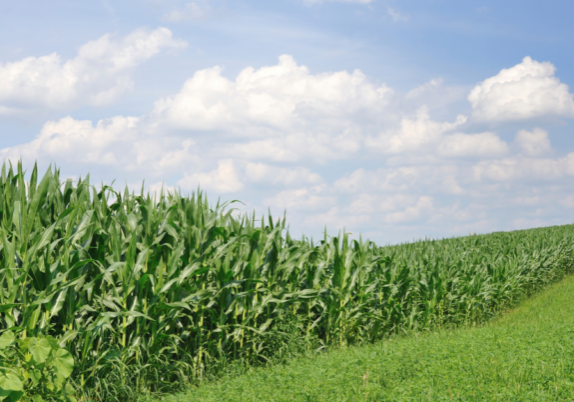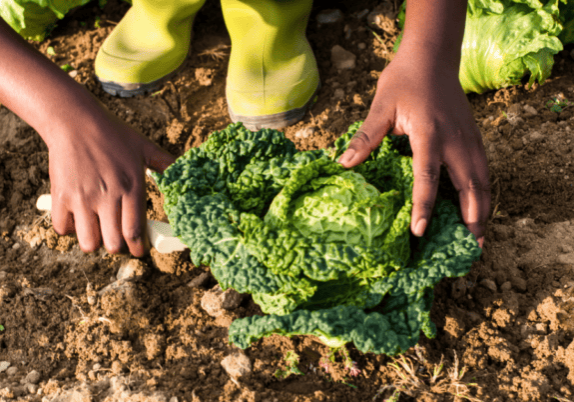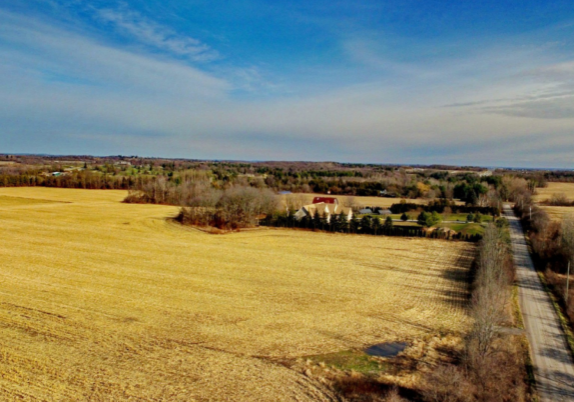Submission re. Amendments to Regulation 244/97 and Provincial Standards under the Aggregate Resources Act
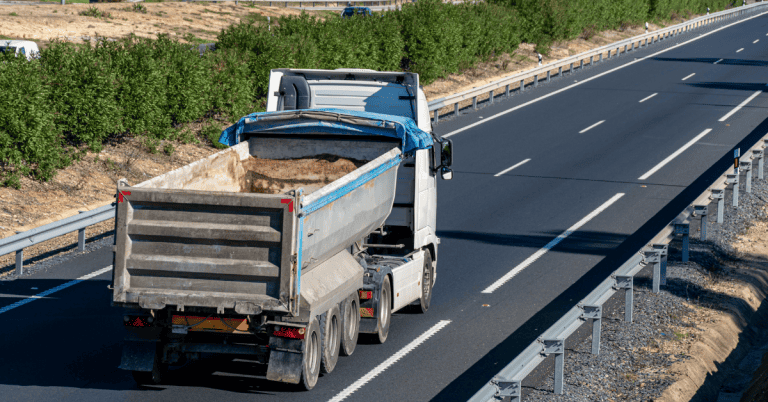
The National Farmers Union – Ontario (NFU-O) is an accredited farm organization representing thousands of farmers in Ontario and has advocated for farm families across Ontario and Canada since 1969. Members work together to achieve agricultural policies that ensure dignity and income security for farm families while protecting and enhancing the sustainability and health of rural environments for future generations.
The NFU-O collaborates locally, nationally, and internationally to research, educate and share effective solutions that lead to a better world for farm families and their local communities.
The NFU-O welcomes the opportunity to comment on the proposed changes to the Amendments to Regulation 244/97 and Provincial Standards under the Aggregate Resources Act.
The implementation legislation for the Provincial Policy Statement regarding aggregate extraction, Regulation 244/97, and the aggregate Provincial Standards will directly impact not only the economic, social, and environmental sustainability on farms across the province but the future agricultural capacity and natural heritage of Ontario and Canada.
In the face of the escalating climate change challenges and the current pandemic further exposing the risk of dependence on external food supply chains, it is more important than ever before that the protection of Ontario’s agricultural land capacity be given the highest priority.
Proposals to Amend ARA Regulation and Standards February 2020
1.1.4 Agricultural Impact Assessment
The four Provincial Plans contain policies that require the completion of an Agricultural Impact Assessment for new aggregate operations. However, the Provincial Standards do not currently require these assessments to be submitted as part of an application for a licence.
Approach:
In order to align with what is currently required under Provincial Plan policies, the ministry is proposing that all applications for new pits and quarries on private land be required to include an Agricultural Impact Assessment if the proposed pit or quarry is within a prime agricultural area that is also located within a portion of a Provincial Plan that is subject to an Agricultural Impact Assessment policy requirement. Prime agricultural areas are defined in the applicable Provincial Plan. “
NFU-O Recommendations 1.1.4:
– That the ministry’s proposal 1.1.4 be withdrawn and replaced by regulation and standard that shall prohibit the extraction of aggregate on all prime agricultural land in Ontario.
– That an Agricultural Impact Assessment (AIA) shall be required for all other classes of agricultural land.
– That the AIA shall include a demand/supply analysis to provide satisfactory evidence that there is a public need for aggregate extraction at the proposed site.
1.1.3 Natural Environment Report
All pit and quarry applications are required to include a natural environment report, as outlined in the Provincial Standards. …if any of these features are located on or within 120 metres of the proposed pit or quarry…potential negative impacts… and propose any necessary measures to prevent, mitigate or remediate the negative impacts.
Proposed Approach:
“The ministry is proposing to update the requirements in the natural environment report to align with the current natural heritage policies in the Provincial Policy Statement (PPS) and the four Provincial Plans. ………Changes would ensure that the requirements for the natural environment report align with the PPS and Provincial Plans, as amended from time to time. ”
NFU-O Comments:
The protection of the remaining natural heritage sites’ essential role in preserving continuation of biodiversity potential and ecological balance is vital in the face of climate change impacts and human pressure.
The current standard does not, but should, specifically include refusal for an extraction licence.
The proposed approach statement needs clarification. It is unclear as to whether the new report requirements will be applied to all natural heritage sites or only to those within a Provincial Plan (PP) area. It is also not clear how long-term protection of the sites will be safeguarded against changes in the PPS.
NFU-O Recommendations 1.1.3:
– That aggregate extraction shall be prohibited at all significant and at-risk natural heritage sites regardless of whether inside or outside a PP area.
– The exemption of aggregate extraction from the controls of conservation authority “regulatory zones” is an untenable contradiction of the protection policy applied to all other landowners. The exemption must either be removed or Regulation 244/97 include the same standard of controls as the Conservation Authority.
3.2.2 Rehabilitation Reporting Proposals to amend ARA regulations and standards.
Proposed Approach
“ The ministry is proposing to require pit or quarry operators to report additional information on progressive and final rehabilitation activities… The operator would also be asked to provide a description of final rehabilitation activities that were conducted that year and, if known, the final intended use (e.g., agricultural, recreational, natural).”
NFU-O Comments:
The proposed approach perpetuates the assumption that aggregate extraction can be an ‘interim use’ of land and that once the aggregate is removed the land can be rehabilitated back to the same agricultural condition.
Farmers, who work land on a daily basis, know this is simply not true. The aggregates under the soil contribute to the ‘soil capability’ of the specific piece of land and increase the value of the land for growing crops. Removing huge quantities of rock and gravel results in permanent changes to hydrology and soils, and thus to the conditions which support particular crops and plant and animal life.
Humans are simply unable to fully recover the agricultural and biodiversity values and ecological functions, formed over the centuries, that are lost when aggregates extraction proceeds.
Rehabilitation must not be used to justify aggregates extraction in prime farmland and significant natural features. It is truly disingenuous to term aggregates extraction an ‘interim usage.’ The loss of food-producing lands and natural heritage features is long-term, if not permanent.
For rehabilitation of aggregate extraction outside of prime farmland and natural heritage sites, the findings by C. Port (2013)[1] remain relevant and are as follows:
– the rate of aggregate rehabilitation needs to be improved;
– cumulative impacts to the landscape need more attention;
– more research and monitoring are needed to assess rehabilitation quality; and
– greater collaboration is required to reduce land-use conflict.
There is no fixed term to aggregates licences. They are open-ended, so that pits and quarries typically remain open for decades. Consequently, even the rehabilitation level that is possible may not occur for many years if ever.
The control of the materials used for rehabilitation is inadequately regulated in site licences.
The use of stockpiled topsoil, settling pond sediment, and farm sludge without any prior measurement of contaminant levels has been accepted by MNRF for spreading close above the water table within sensitive areas such as wellhead protection areas. The 1.5 metre cover above the water table currently required provides no meaningful protection.
The specifications for rehabilitation do not address these serious issues.
NFU-O Recommendations 3.2.2:
– That aggregate extraction shall be prohibited at all significant and at-risk natural heritage sites regardless of whether inside or outside a Provincial Plan Area.
– That the ministry’s proposal 1.1.4 be withdrawn and replaced by regulation and standard that shall prohibit the extraction of aggregate on all prime agricultural land in Ontario.
– That an Agricultural Impact Assessment shall be required for all other classes of agricultural land.
– That the AIA shall include a demand/supply analysis to provide satisfactory evidence that there is a public need for aggregate extraction at the proposed site.
– An assessment of the worked – out site’s realistic possible future use with the detailed process and measures required to achieve that rehabilitation should be a mandatory inclusion in new applications. A security deposit for rehabilitation should be required to ensure compliance and the external costs borne by many communities.
– That for all licensed sites, existing and new, the regulations and standards shall require rehabilitation materials to be tested and approved by MOECP[2] and the Conservation Authority.
– That the regulations include serious penalties for default of rehabilitation conditions and the transfer of liability for rehabilitation with any transfers of land ownership by the licensee.
1.1.1 Water Report – Proposed changes to the content of a water report
A new requirement would be added to the water report that summarizes how local source water protection plans and policies are addressed. Specifically, in this new section, applicants would be required to identify: ……
If proposed aggregate extraction at the site has the potential for changes to the ‘vulnerability’ within a Wellhead Protection Area (A or B). Note: The vulnerability score determines how other proposed on-site activities would be managed under the source water protection plan
NFU-O Comments:
The extraction of aggregate over drinking water aquifers severely reduces the depth of the protective filtration capacity, creating transport pathways that jeopardize the safety of groundwater supplies for both urban and rural users. The intrinsic vulnerability of the aquifer, commonly at the highest rating of 10 in aggregate rich lands, will be permanently increased off the scale. The cumulative effect of several pits in close proximity is not taken into account. Unlike disused wells on farm properties these huge transport pathways are not subject to sealing and formal decommissioning.
The proposed changes address only ” how other proposed on-site activities would be managed under the source water protection plan,” not the limitation of extraction itself in highly vulnerable WHPAs.
NFU-O Recommendations:
– That extraction that will increase vulnerability in WHPAs A and B be prohibited.
– That assessment of the cumulative impact of aggregate extraction sites in close proximity will be a required component of applications.
– As above, that the application shall include a demand/supply analysis to provide satisfactory evidence that there is a public need for aggregate extraction at the proposed site.
– As above, that for all licensed sites, existing and new, the regulations and standards shall require rehabilitation materials to be tested and approved by MOECP and the Conservation Authority.
Section 2.1 Excavation from Land Owned by a Farm Business
The NFU-O opposes any excavation on farmland without a permit. As noted above, the loss of food-producing lands and natural heritage features is long-term, if not permanent. Additionally, allowing farm businesses to bypass permits, even on a small scale, opens the door to abuses. Aggregate companies would be able to obtain farm businesses and transfer from site to site with no oversight.
NFU-O Recommendations:
– Remove section 2.1 from the regulation.
As the current pandemic makes clear, protecting farmland must be a priority for the province; extracted land cannot be rehabilitated back to prime farmland. We trust that our recommendations will be duly considered and acted upon by the Ontario government as it continues to consider changes to current legislation.
[1] Port, C. M. (2013) The Opportunities and Challenges of Aggregate Site Rehabilitation in Southern Ontario: An Evaluation of the Rehabilitation Process from 1992-2011. Master of Environmental Studies in Planning, University of Waterloo.
[2] Precedent: MOECC Ministerial Appeal Decision Paris Pit February 8th 2018
